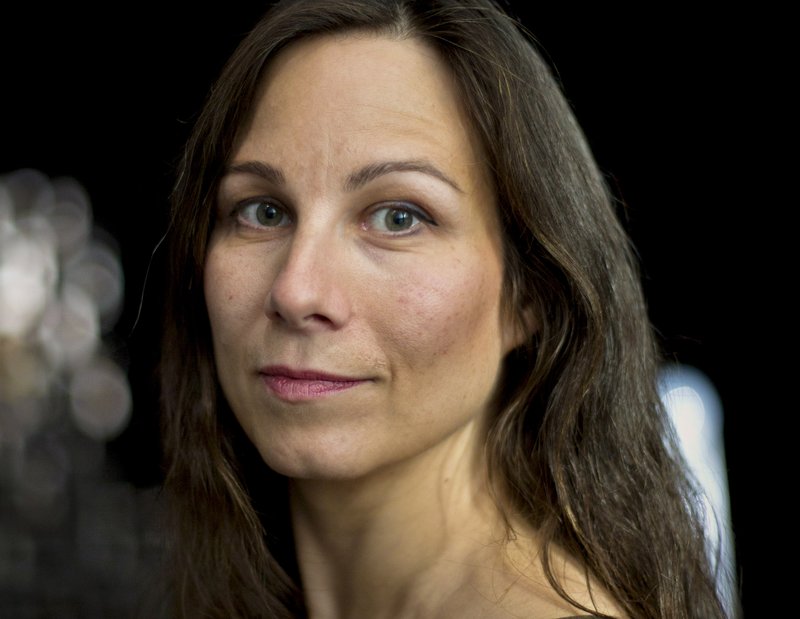Susanne Hætta

In 2021, 50 contemporary art curators, researchers, and museum professionals from 32 different countries were awarded support to attend the CIMAM 2021 Annual Conference, in-person and online.
For the first time, and thanks to the generous support of The Getty Foundation who sponsored the virtual platform, 27 grantees attended the conference online, while 23 attended onsite.
Launched in 2005, CIMAM’s Travel Grant Program is designed to foster cooperation and cultural exchange between contemporary art curators and museum directors in emerging and developing economies and their counterparts in other regions of the world.
Susanne Hætta's Conference Report
I am grateful for the grant I received last year, although I regret that I wasn’t able to travel to the conference in Poland. I spent the grant period last December doing an investigation of whether I could find a subjective photographic view of Sámi people, the Indigenous people of Scandinavia and North West Russia. The Sámi are one of the most photographed Indigenous peoples in the world, often being exoticized in visual representations as “others”. I tried to find early Sámi photographers, earlier than the 1950s, and that was a challenge. A few stood out, and it was interesting, as a Sámi photographer and visual artist myself, to view in which manner they chose motifs, settings and models. What and who they photographed showed an inside view of Sámi life, often humouristic and with an emphasis on daily life, rather than big occasions like weddings and birthdays.
The conference, that I attended digitally, had interesting speakers, and I followed it as much as I could, in between the activities of the daily life I have as a single parent. Maristella Svampa from Argentina had interesting and fruitful analyzes of the pandemic linked to zoonosis and the increasing divide between people of wealth and people of poverty.
I also learned that neo-extractivism didn’t slow down during the pandemic, and I instantly connected that information to greenwashing in Sápmi. Indigenous peoples are expected to “take one for the team”, to give away traditional land and seasonal migratory routes to let large international corporations and investment banks start mining or build enormous wind power plants. There are many ongoing cases like this in Sápmi.
As I am not a museum academic, some themes and analysis were difficult for me to follow. However, I think this grant and the conference will have an influence on my curiosity about such topics as ecocide, neo-colonialism and neo-extractivism, and how museums can take part in the talks about these problems in the coming years. These topics are also connected to the lack of Sámi photographic voices from earlier years, in times where assimilation politics were dominant, and Sámi people were merely objects and had no political power.
This has changed, and I see museums as important participants in the ever-changing dialogues about truth, sovereignty and storytelling, everywhere, but especially in Indigenous areas.